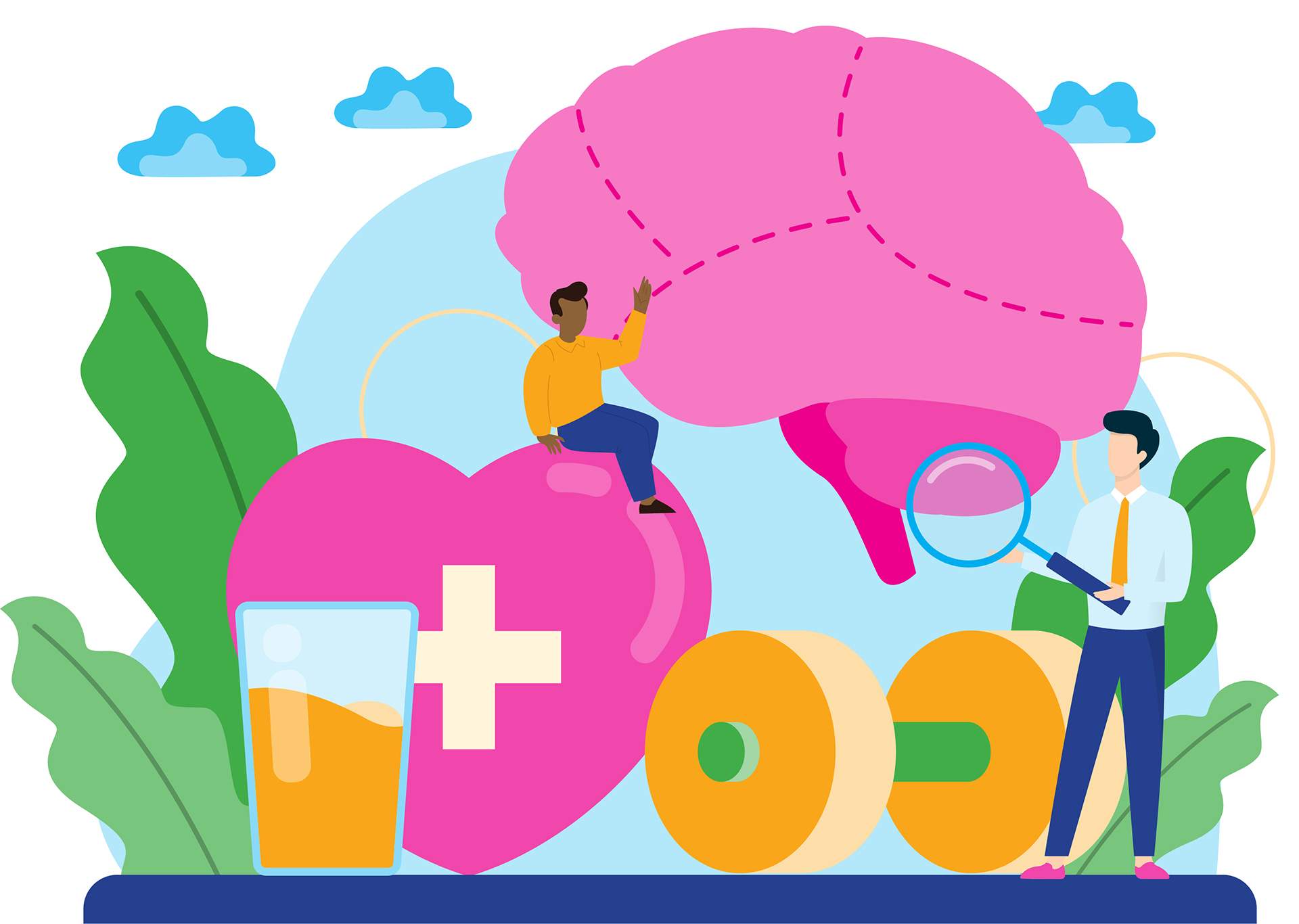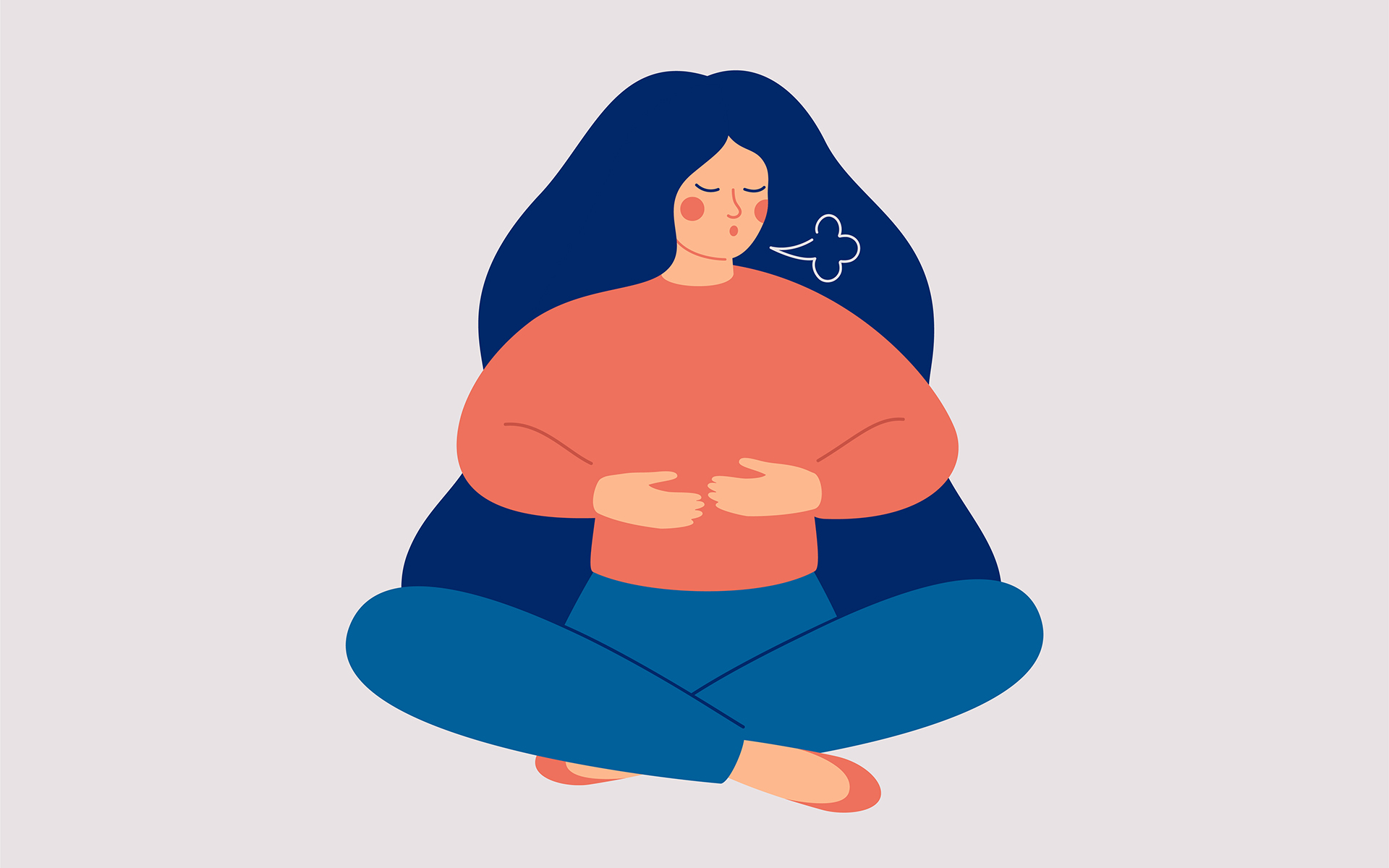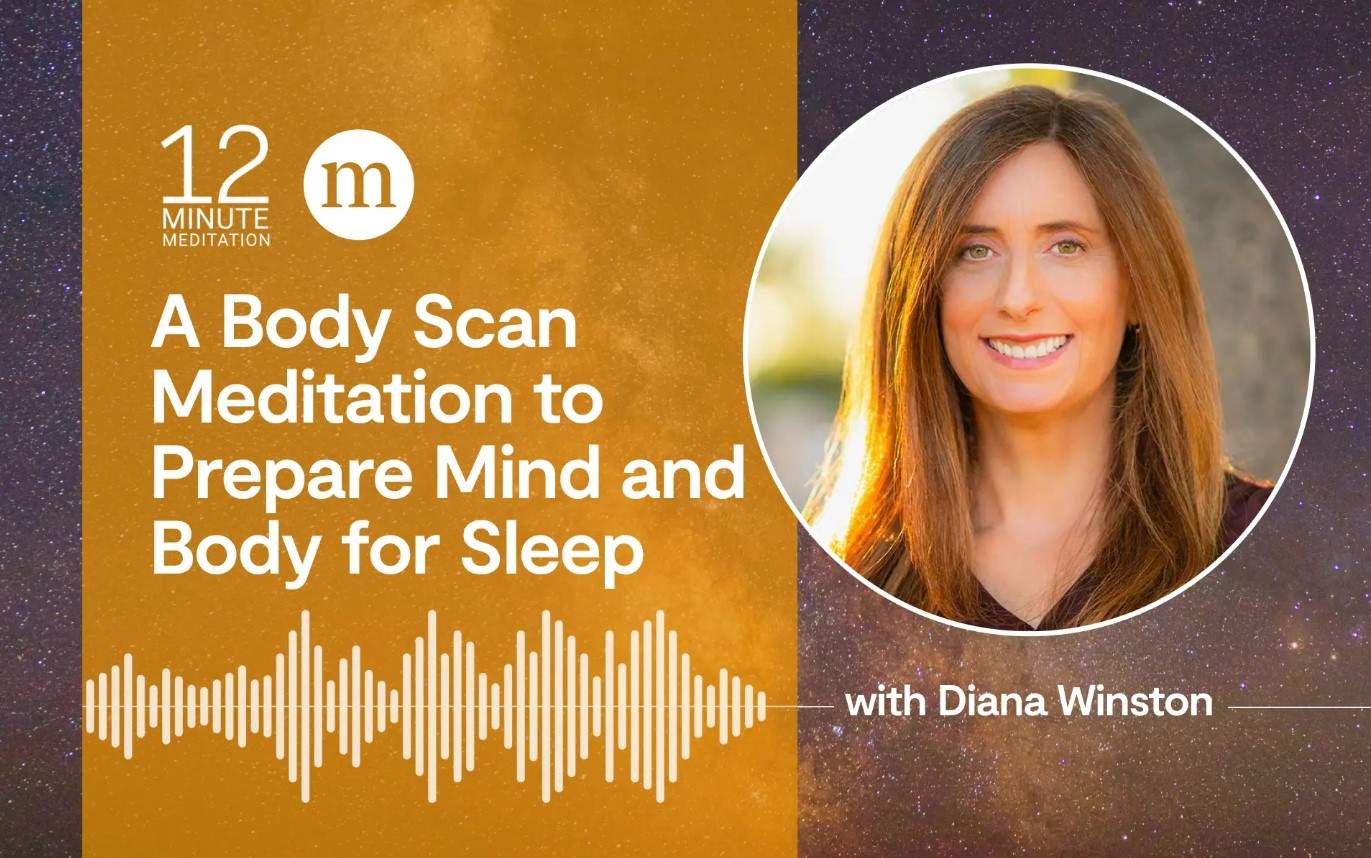If there’s a patch of open lawn at a corner, children will cut through, and grass soon becomes hardened ground. Ancient people created paths walking from one place to another; horses and oxen widened them; and today they’re paved roads. When we want to go someplace, we choicelessly take these well-trodden paths.
It’s the same with our brain and the muscles and organs that respond to its commands. As neurons keep firing in a particular configuration, they create a path, and it’s just easier to go there. Neurons that “fire together, wire together.” It’s how we learn to talk, to play guitar, to paint, and to smoke and overeat.
The Role of Memories in Habit Formation
As Judson Brewer points out in The Craving Mind, laying down memories (pathways to return to) is as ancient and ingrained as life itself. Eric Kandel won the Nobel Prize in Physiology in 2000 for demonstrating that even the lowly sea slug—hardly a big-brained cousin to humans—employs a “two-option approach” to raise its chances of survival: “move toward nutrient, move away from toxin.” Likewise, we adapted by laying down memories of what is and isn’t food and where to find it, so we could return for more. And, critically, the food offered us a reward: a shot of brain chemicals that signal satisfied hunger. Yum. Yum.
As Brewer notes, it’s easy to hijack this reward-based learning system to develop other habits: See cool kids smoke. Smoke to be cool. Be seen as cool. Feel good. Lay down a feel-good memory. Want to do it again.
Once laid down, this path takes us round trip; we’re on a loop. Seeing people smoke triggers us, and the immediate effect is the brain saying “that will make me feel better or lessen the pain.” An urge, a craving, emerges in the body. We take action to feed the craving and light up. We get the good feeling (our reward), but we also start to see the world differently. In what psychologists call increased “salience,” we now wear smoke-colored glasses that offer a landscape filled with perceived opportunities to smoke. All of this reinforces the habit, and the increased salience points us to more cues and triggers that keep the wheel spinning. Round and round we go.
Mindfulness can break this well-worn cycle, as we see illustrated in the diagram conceived of by Brewer below.

How to Change Your Habits with Mindfulness
Learn about the mechanics of habit formation and observe them at work in your mind and body. By bringing awareness, and injecting curiosity and kindness into the process, you’ll be able to reevaluate and change your habits. Read More









